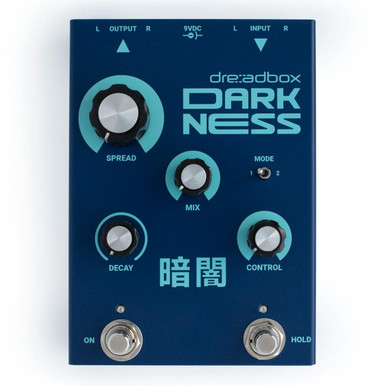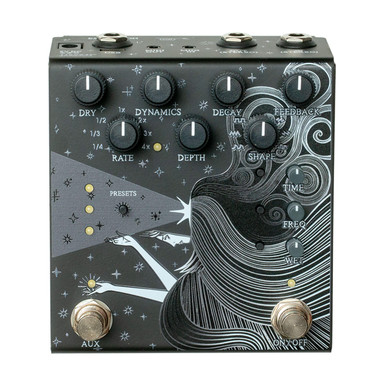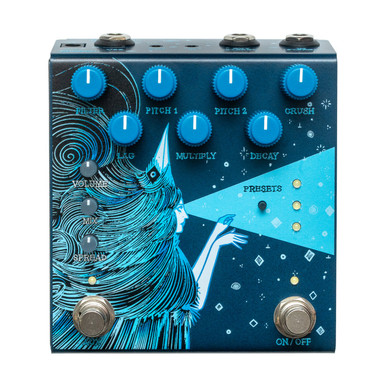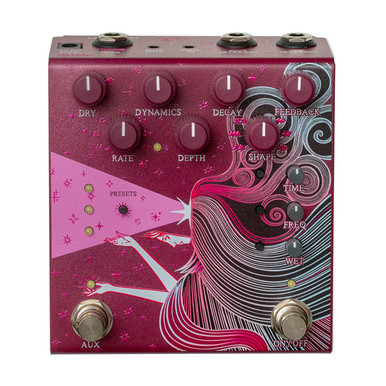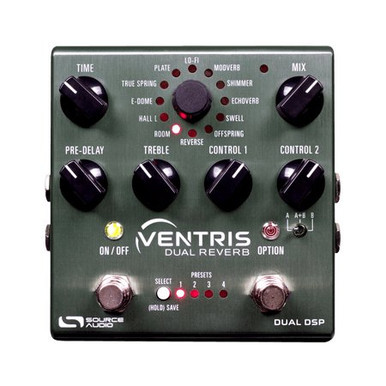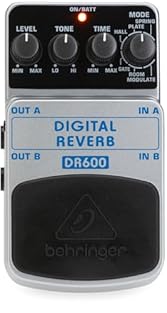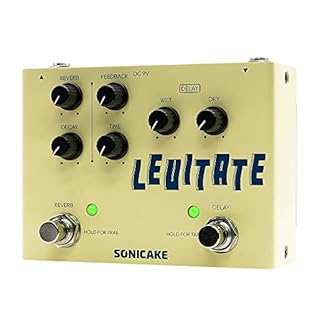Tasty Pedals made by Dreadbox
Dreadbox is a brand known for its innovative effects pedals, combining traditional guitar pedal designs with creative, synth-oriented features. Based in Athens, Greece, Dreadbox originally made its name with analogue synths and Eurorack modules, but its foray into pedals has further established it as a unique player in the music technology space. Their pedals, like the *Lethargy* phaser and *Kinematic* compressor/envelope filter, offer a mix of classic effects and experimental options, appealing to both guitarists and synth enthusiasts.
The *Lethargy* pedal features an 8-stage phaser with an LFO and a manual knob for real-time sound manipulation, while the *Kinematic* is a dual-function pedal that can toggle between a compressor and envelope filter. Both pedals integrate patchable modulation options that are compatible with Eurorack systems, allowing for greater creativity. Dreadbox’s pedals are known for their high build quality and distinct design, making them a go-to for musicians looking to expand their sonic palette.
Just Pedal Ingredients.
Digital. Guitar Pedals — Your pedal is like a signature dish for your sound — a flavour-packed creation that transforms the bland ingredients of your guitar into something unforgettable. Each one adds its own seasoning, texture, and heat, turning a simple meal into a feast of tone.
These tasty little boxes sit in a row, like plates on a buffet, letting you mix and match flavours as you play. With one tap of your foot, you can swap sweet for spicy, subtle for smoky, and serve up something completely new. From the comfort food of warm overdrive to the fiery kick of fuzz, from smooth jazz sauce to heavy-metal spice, pedals give players a full menu of options to express their taste. And just like with food, once you’ve tried one dish, you’ll want to sample them all.
Collecting, trading, and discovering new flavours soon becomes part of the joy of being a tone-loving gourmet geek with a guitar.. New — This is brand new, fresh in, and a UK warranty is included. Very Popular!. Pedal — Your pedal is like a signature dish for your sound — a flavour-packed creation that transforms the bland ingredients of your guitar into something unforgettable. Each one adds its own seasoning, texture, and heat, turning a simple meal into a feast of tone.
These tasty little boxes sit in a row, like plates on a buffet, letting you mix and match flavours as you play. With one tap of your foot, you can swap sweet for spicy, subtle for smoky, and serve up something completely new. From the comfort food of warm overdrive to the fiery kick of fuzz, from smooth jazz sauce to heavy-metal spice, pedals give players a full menu of options to express their taste. And just like with food — once you’ve tried one dish, you’ll want to sample them all.
Collecting, trading, and discovering new flavours soon becomes part of the joy of being a tone-loving gourmet geek with a guitar.. Reverb — A reverb pedal is like the rich sauce that ties every flavour on the plate into one smooth experience. It adds depth, warmth, and atmosphere — the sonic equivalent of a perfectly reduced glaze that lingers on the tongue. Whether you’re after the subtle ambience of a cosy café (spring or plate reverb) or the grand echoes of a cathedral (hall or shimmer reverb), this is where your tone breathes and expands. A touch of reverb can turn a dry sound into something lush and inviting — but pour on too much, and it’s all you can taste. Used with finesse, it’s the finishing touch that transforms your tone from plain to unforgettable.. Stereo — A stereo pedal or setup splits your guitar signal into two separate outputs, allowing you to create a wide, spacious sound when run into two amps or channels. Effects like chorus, delay, and reverb sound especially lush in stereo, as the modulation or repeats can bounce between left and right channels for a three-dimensional feel. It’s a popular choice for players who want to fill a room or studio mix with depth and movement that a single amp simply can’t produce.
Using stereo pedals opens up creative options for layering tones and building immersive soundscapes. You can pan effects across the stereo field, send clean and effected signals to different amps, or combine analogue and digital textures for a rich, dynamic sound. Whether you’re crafting ambient washes or creating a massive live presence, a stereo setup delivers clarity, separation, and a sense of space that transforms your overall tone..
